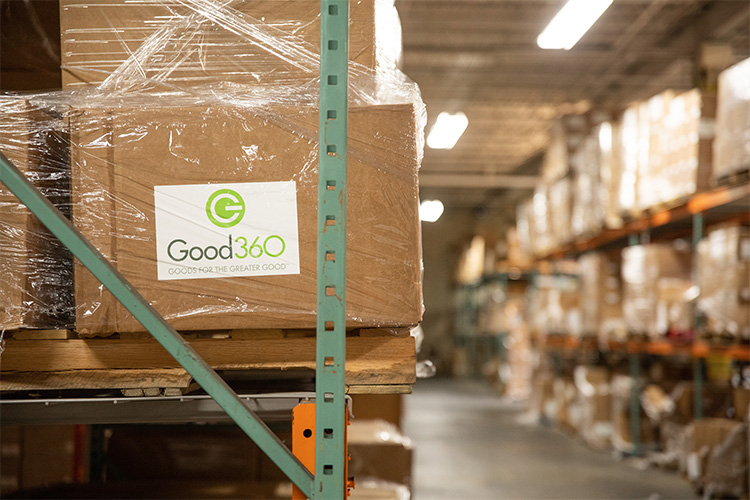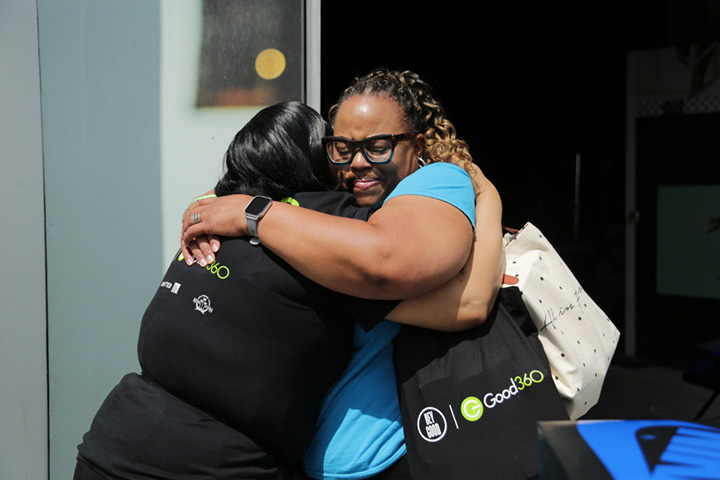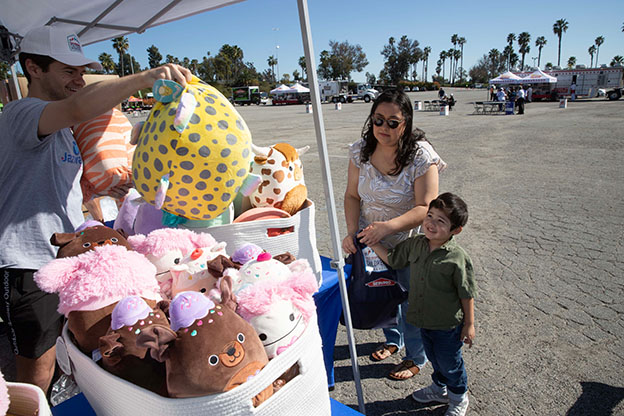Cinira Baldi, CEO of Good360
When Hurricane Ian tore through Florida in September 2022, thousands of families were left without shelter, food, or basic supplies – not because help didn’t exist, but because it wasn’t mobilized in time. This scenario plays out time and again: disasters strike, and emergency management agencies, humanitarian organizations and local governments scramble to respond. But what if we flipped the script? What if decision-makers were willing to invest upfront in preparedness – saving lives, reducing suffering, and protecting our economy?
Yet too often, we treat disasters as isolated events rather than the new normal. As weather patterns become more volatile, what were once considered “once-in-a-century” disasters are now occurring multiple times within that same timeframe. And it’s the most vulnerable communities – those with the fewest resources – that bear the brunt of the impact. In 2024 alone, the U.S. experienced 27 weather disasters that each caused $1 billion or more in damages, totaling $182.7 billion.
A recent economic study reveals that every $1 spent on climate resilience and disaster preparedness saves communities $13 in damages, cleanup costs, and economic disruption. That’s not just a humanitarian win – it’s a financial one. Preparedness isn’t about spending more; it’s about spending smarter.
Now, with federal leadership signaling plans to restructure FEMA after the 2025 hurricane season and shift responsibility to individual states, the need for scalable, community-based preparedness solutions has never been more urgent.
One of the most effective ways to do that is through pre-positioning essential products ahead of disasters. This strategy avoids the supply chain strain that so often delays aid and drives up costs. When goods are already in place, communities can respond immediately – without waiting for overwhelmed logistics networks to catch up.
We’ve seen this approach work. In Mayfield, Kentucky, after an EF4 tornado destroyed over 4,000 homes, we mobilized quickly to deliver more than $6 million worth of essential goods, reaching over 42,000 impacted people. And with the launch of our distribution center in Maysville, Kentucky, we’re expanding our ability to pre-position critical supplies in disaster-prone regions.
Strategically located near major transportation lanes and corporate donor facilities, this warehouse allows us to respond faster, reduce shipping costs, and support communities with greater efficiency and scale. It’s a model that can – and should – be scaled.
As the responsibility of disaster preparedness and response transitions from the federal to state level, policymakers must prioritize resilience infrastructure. Corporate leaders must invest in resilient supply chains and philanthropic partnerships. And we need individuals to support organizations that are building long-term solutions, not just short-term relief.
Preparedness is a shared responsibility and it’s time for a cultural shift in how we approach disaster response. Instead of reacting to crises, we must prioritize readiness. That means urging elected officials to invest in proactive measures, encouraging businesses to embed disaster planning into their operations, and empowering communities to advocate for resources before emergencies strike.
The more we normalize resilience as a strategic investment, the more lives we save and the stronger our recovery becomes. It’s not just about surviving the storm – it’s about ensuring every community has the tools to rebuild, adapt, and thrive.
The cost of inaction is staggering, while the return on preparedness is clear: fewer disruptions, faster recoveries, and long-term resilience. By investing upfront, we equip communities with the tools to rebuild, adapt, and thrive – not just survive.







